| 1. |
Which one of these is a good question to ask in science? 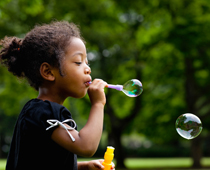
|
||||||||
|
| 2. |
Amy decides to investigate, ‘How can I blow the biggest bubble?’ She thinks if you blow slowly, you get a bigger bubble. How can she test this? 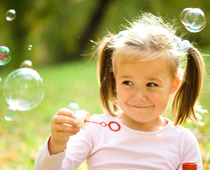
|
||||||||
|
| 3. |
Mark thinks washing-up liquid will work better than bubble bath. How can he test this? 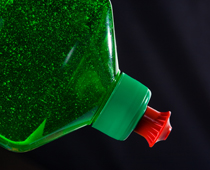
|
||||||||
|
| 4. |
Alice says, ‘I think bigger bubbles are more colorful.’ Alice blows big bubbles and little bubbles. But she can’t see them easily. What should Alice do? 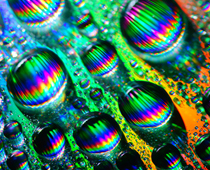
|
||||||||
|
| 5. |
Alice says, ‘The colors of the bubbles are just like the colors of the _______.' 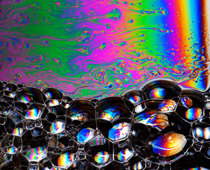
|
||||||||
|
| 6. |
Toni says, ‘You get more bubbles if you blow quickly.’ Toni blows slowly, and then blows quickly. How does Toni get her results? 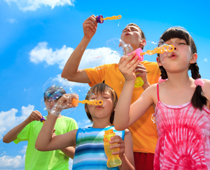
|
||||||||
|
| 7. |
What should Toni do with her results? 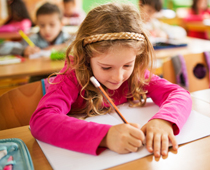
|
||||||||
|
| 8. |
Ryan asked, ‘Is the first bubble always the biggest?’ He tried it ten times. Eight times out of ten the first bubble was the biggest. Ryan is telling his teacher what he has found out. What does he say? 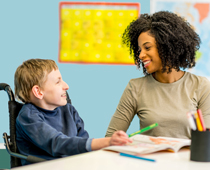
|
||||||||
|
| 9. |
Evie says, ‘I think bigger bubbles burst quicker.’ Evie blows the bubbles. She wants to know how long the bubbles last. She gets a friend to help her. What does her friend use? 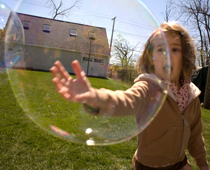
|
||||||||
|
| 10. |
Danny asked his friends, ‘What is inside bubbles?’ What did they say? 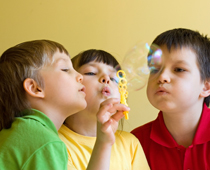
|
||||||||
|
